THE DANCE ENTHUSIAST'S A TO Z: B for Sidra BELL & Rena BUTLER
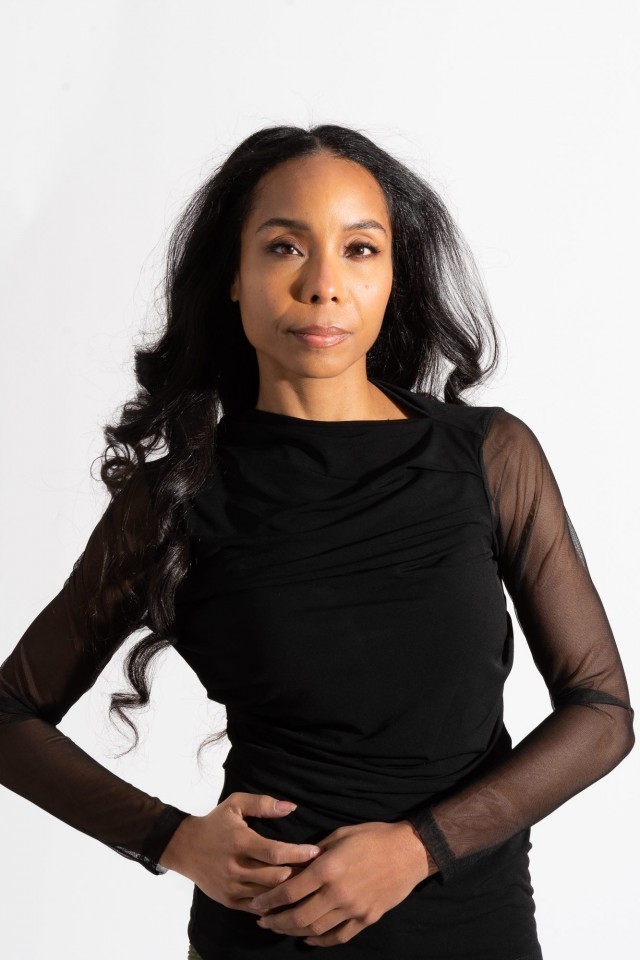
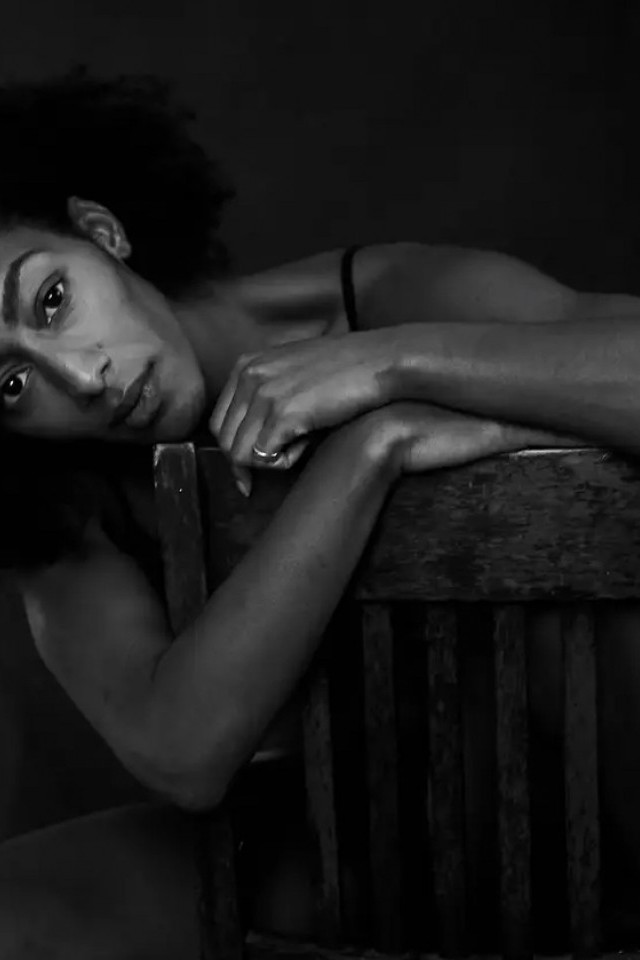
Sidra Bell
Biography
With a dance career that has spanned for close to 20 years, Sidra Bell is presently the Art Director of Sidra Bell Dance New York, a Master Lecturer at the University of the Arts in Philadelphia, and a recent artist-in-residence at Harvard University. The multiple award-winning choreographer's work has been seen worldwide, and she created over 100 commissioned dances, including for the New York City Ballet in 2020 and 2021, making her the first black woman to create work for the company. Follow her on Instagram at @sidrabelldancenewyork.
Image captions & credits: (Cover) Sidra Bell in rehearsals; photo by Jen Guy, courtesy of UNCSA | (Header) Portrait by Umi Akiyoshi.
Rena Butler
Biography
The recipient of the prestigious Princess Grace Foundation Award for Choreography (2019) has danced with Gibney Company (inaugural Choreographic Associate), Hubbard Street Dance Chicago (Choreographic Fellow), AIM by Kyle Abraham, Bill T. Jones/Arnie Zane Company, and David Dorfman Dance and created work for BalletX, Hubbard Street Dance Chicago, GroundWorks DanceTheater, Jacob's Pillow, Parsons, the Juilliard School (among others). Rena Butler also teaches dance and has served on panels and forums. Follow her on Instagram at @rena.butler.
Image captions & credits: (Cover) Sidra Bell; photo by Theik Smith | (Header) Portrait by Marco Giannavola.
What made you decide to enter this profession?
Bell:
After several years of training at the Dance Theater of Harlem and The Ailey School, I took an interest in choreography and design in high school. I began by composing forms on my own body in my living room in Inwood, NYC. I loved creating a language that I could translate to spatial landscapes. At Yale University, I co-founded an organization called Alliance for Dance at Yale College, which propelled me into thinking about nonprofit work in communities. Forming a company in 2001 was a way to build a house for creation, education, and live performance programming.
Butler:
My urge to experience life poetically — this is something I’ve understood from an early age. Cleaning my room, washing dishes, or taking out the trash were never chores, but a full out, musical, theatrical experience.
Who has been the biggest influence on your life and why?
Bell:
My parents have had the biggest impact on how I think about the creative process and pursuing ideas. As musicians, educators, and producers, they helped me deconstruct the artistic process from many angles. They have had the longest connection to my evolution as an artist and have provided unconditional support.
Butler:
This is hard to answer, because someone who advises you has a light or a brilliant piece of themselves they are offering to you. What I’ve found over the years is that it’s not just from one, but several composited voices that have imbued many momentous moments in my career. It has made for such a colorful, eclectic, and surprising ride, and I love to keep it fresh!
I can always rely on __________ to cheer up.
Bell:
A cookie or piece of chocolate. Also listening to House Music.
Butler:
Hot yoga — this is for real, y’all. One of my favorite ways to spend time with myself and it’s a mood stabilizer.
I practice self-care by __________.
Bell:
I like to do daily Pilates on the mat or on the reformer. I also have a growing appreciation for being outdoors, walking and doing breath work.
Butler:
I talk to myself out loud when I’m alone in a space. I catch myself being negative, and it’s a way for me to confront that negativity and to uplift my state of being.
Pets or plants. Either way, why and what kind?
Bell:
Pets. I have a dog named Apple who gives me a lot of love and comfort. I love the simplicity of dogs.
Butler:
Neither, although both are lovely. I’m never home to take care of either. And both need constant nurturing, presence, and care.
Cooking or eating out? Either way, what is your favorite meal?
Bell:
Eating out is my favorite, but I am starting to enjoy eating at home more and preparing meals. I come from a family of great cooks. Because I travel so much, I usually don’t have a lot of time to cook, but I would like to do more in the future.
Butler:
Both! I loooooooooovvvvvveee to cook. One of my favorite TV programs is Top Chef. And, of course, I love to eat out for the very same reason.
I love food and the immediate comfort or adventure it brings to the soul. I studied abroad in Asia for a semester while in college and ever since, I've adore spicy, brothy soup noodles that are chock full of basil, cilantro, and herbs. It could be pho, ramen, udon, soba, laksa, soto, lagman… Okay, now my mouth is watering.
If you could relive the past or catch a glimpse of the future, which would you pick and why?
Bell:
Neither. I want to be full of and enjoy the present as much as possible.
Butler:
Something about both of these options makes me feel too anxious. I prefer to not look back or forward, just to be in the now (cop out, maybe, but this is the vibe right now).
What is your personal approach to handling challenging people or situations?
Bell:
I believe in offering grace. As a director I must facilitate a community that is respectful of each other. Everyone comes in with a different set of circumstances, and we all must give each other grace and understanding. I try to see things from all sides.
Butler:
I’m still learning how to navigate this, as every space I enter is different and you learn to adapt as you go. Though one thing that remains consistent is this particular practice of quieting my reactions and zooming out of the challenging situation. I tend to react quite personally, and it’s something I’m working on at the moment (she’s getting there). If I’m able to approach something from a calmer energy and an objective point of view, the challenge seems to dissipate much sooner, and both parties can get back to playtime. It takes a village, and there are plenty of brilliant minds in any given process that can work towards a collective, artful ambition.
How has your personal life changed since the pandemic?
Bell:
The pandemic allowed me to zoom in on projects that have facilitated and augmented joy in my personal life. I feel that my work and life balance are in better conversation and alignment now. It is daily work to keep an equilibrium of energy.
Butler:
I am much more selective with how I expend my energy to others. I tend to overshare my time and space, and have been noticing a lack of exchange. It’s constant personal work, but conservation of energy lets me experience my best life and so that people can experience the best version of me.
How has your art or approach towards art changed since the pandemic?
Bell:
I am working with a process that is much more aligned with collage and interdisciplinary design. In the last three years, I have met some incredible collaborators who work across disciplines in visual art, performance, and music. They have really opened my palette and capacity for improvisation in process.
Butler:
This question evokes complex reactions as I sit with how to answer it… My answers have everything to do with identity and art making, and how the pandemic shifted the lens in regards to how.
What is the last show you saw and loved?
Bell:
I saw Ronald K. Brown/Evidence, A Dance Company last summer at Jacob’s Pillow's Ted Shawn Theater. It was rich, rigorous, and emotionally charged. I really enjoyed it and left feeling inspired by how dance can strike the viewer in a visceral way unlike any other art form.
Butler:
I don’t see so much concert dance, actually. When I do, I gravitate towards performances that are out of the western, concert dance context. About a year ago, I spent 6 weeks in Indonesia studying Balinese dance with a private coach. I’ve always loved this form of movement and decided to give it a go. While I was in Ubud, I saw Bali Kecak Dance. There were up to 100 or more men simulating the orchestration of the gamelan, the haunting Balinese percussion instrument. Their hypnotic chak-a-chak sounds were the only sounds heard throughout most of the dance, which evolved from a ritual trance ceremony. All of this happened in a jungle around a contained bonfire in an outdoor temple. It was so raw and transcendent. I’ll never forget it. I loved the evolution of storytelling and how natural it was.
What is your pre-performance (as a spectator or a performer) ritual?
Bell:
As a producer, I cross-check all the technical and design aspects of a program.
As a spectator, in the theater or at a gallery, I love to read the subtext and history of the piece in the program. I’m interested in how a creator gives that information to us as a lead into the show.
As a performer, it is about shedding excessive thoughts or doubts and bringing the mind to the center of the body.
Butler:
Dancer: Company class, eat a soup, fruit and drink two cups of hot green tea with honey, hydrate. Wash and moisturize my face, put on lipstick, put on costume, go to the stage with myself or my partners, get the kinks out, breath, curtain up.
Choreographer: Panic morning of opening night (no matter how much you love the piece), spend a few hours writing individual cards for the cast members/directors/crew/management, massage my cramping hand, breath, change into premiere look, last minute rehearsal or notes with the dancers, breathing circle with dancers, normally a donor or press event, lots of stress sweating, curtain up.
Spectator: Running from the train with 2 minutes until curtain and I still have to use the bathroom! Lol.
I wish I could be a fly on the wall for this moment in dance history: __________.
Bell:
It seems like the 1980s were a great time for independent choreographers in terms of space, cross pollination, and abundance of new ideas. It seemed to be a formational period for where we are now in contemporary dance. New York City seemed to have more raw edges. It would be a decade I would like to return to with an adult mind; I was just a child in that era.
Butler:
Soul Train circa the 1970s, hands down.
I have / have had the most fun performing __________’s choreography or trying out this genre of dance _____________.
Bell:
Kevin Wynn’s choreography was complex and constantly changing. You had to be totally immersed and ready for the multiplicity of ideas in Wynn’s mind.
Butler:
Ohad Naharin’s work, once I understood how to release and indulge. Growing up and training, I had never really known or experienced gaga dance, and had no intention to, until I had danced for Hubbard Street Dance Chicago. It was one of the most challenging pieces of repertory I had ever learned, but once you immerse and dive in, you are in for a wild ride — a ride that brings you to new places within yourself.
Is there a book, podcast or TV program you recommend to others and why?
Bell:
I have been reading Verlin Klinkenborg’s book Several Short Sentences About Writing. It has been a fun way to look at the structure of a dance phrase as it relates to writing. It's a great way to think about cutting out excessive ideas that don’t service the story.
Butler:
I love The Midnight Gospel on Netflix. It’s a bizarre, creative animated series that revolves around main character Clancy's voyages to other planets via a simulator. The beings inhabiting these worlds are guests he interviews for his spacecast. These interviews are based on the real interviews and audio from genuine conversations off an actual podcast, so each episode provides us with stimulating philosophical conversation and strange images that saturate every scene, forming a captivating and disorienting composite.
This city or country is the best place I have ever been to for art: __________.
Bell:
I really like cities like Cleveland or Pittsburgh. There are so many incredible spaces in the industrial cities of the United States and I love the industrial backdrop to dialogue with, using the body as a site.
Butler:
Bali, Indonesia.
Which social media app are you most drawn to?
Bell:
I love the pictorial nature of Instagram.
Butler:
Instagram.
What advice do you have for young people in your field?
Bell:
I would say not to be afraid of criticism and honest dialogue. It is important to be in a critical environment where the work is being interrogated. We are in the art form to constantly reframe the mechanisms of performance.
Butler:
Take action to go after what you want in your own time. Sometimes, the momentous energy of your surroundings — whether it's your environment, community, or even yourself — can get in the way and redirect your route. Knowing that you can take time at your own pace to work on ideas you truly believe in can make a universe of a difference. It aids you in sensing your flow, your voice, and in determining the rhythm of your trajectory. You have more space to enjoy and digest every little piece of life, and it is so delicious!
How can we amplify the voices of overlooked and deserving artists?
Bell:
I think it’s important to expand on traditional modes of information sharing. I love paper arts as much as I love digital technology. We must embrace the multiple ways people learn about the work of artists. Without losing traditional outlets, we should open the possibility of sharing. We shouldn’t lose the momentum we gained during the Pandemic to forge community in multiple ways.
Butler:
We can amplify voices in a multitude of ways, and it can start with even verbalizing our support and gratitude for one another. The reality is that we are all in this field because we love this art form and pour a lot of energy and effort into our purpose. I think recognizing that helps us to see one another more clearly and through an encouraging lens. It is so important to feel visible and by simply offering a daily dose of shine to any one of your peers goes a long way. We all work hard, and it is beneficial to receive those ‘flowers’ every once in a while.
How do you spread enthusiasm about dance?
Bell:
I enjoy talking about dance, not just from the perspective of 'meaning,' but also taking the process apart so that participants can understand intention and effort. I like to describe to audiences how we arrive in a moment, which I think allows them to become stakeholders in the work itself.
Butler:
I spread enthusiasm by striving to nurture others when I'm choreographing, dancing, or teaching. This is a field that sometimes rears its ugly head, and there are times when we are all guilty of making others feel lesser than the sum of our beautiful parts. I think that's because we've all been traumatized at some point or rather in our careers, whether from rejection, fear, body dysmorphia, authoritative challenges, or anything that keeps perpetuating toxic dance culture. It's insidious and the opposite of mindfulness, and we tend to do it to ourselves most often. I try my best to be sound and grounded with whatever is going on with me so that I can contribute to the enthusiasm and serve any process I'm involved in. Easier said than done, but once it hits... it's beautiful, and that joy, those laughing fits in rehearsal — or even in the lobby — when witnessing live dance with open arms is palpable.



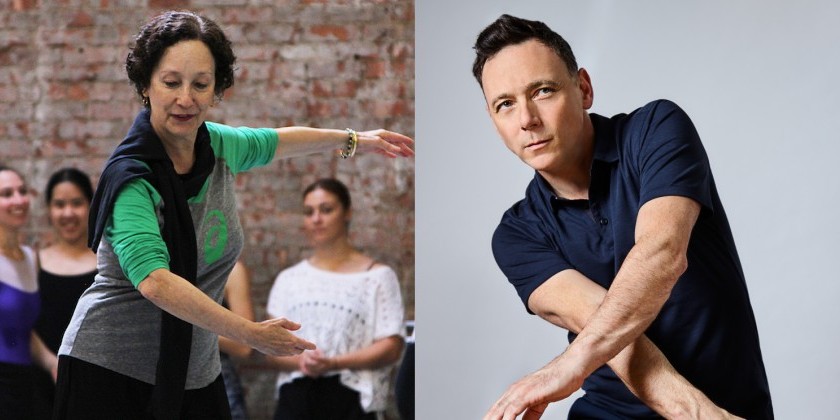
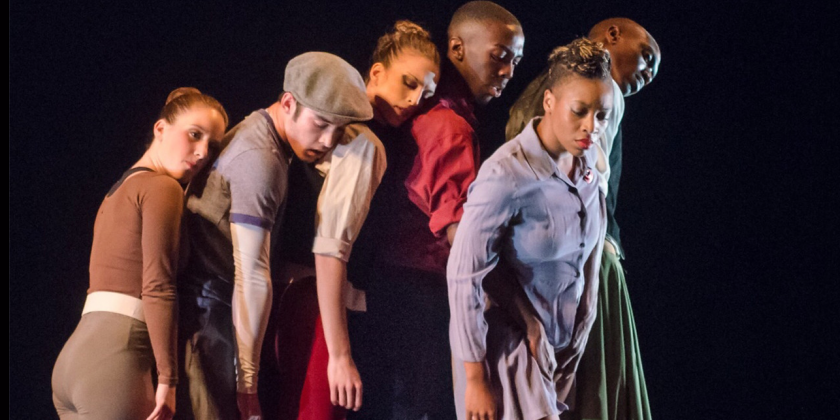

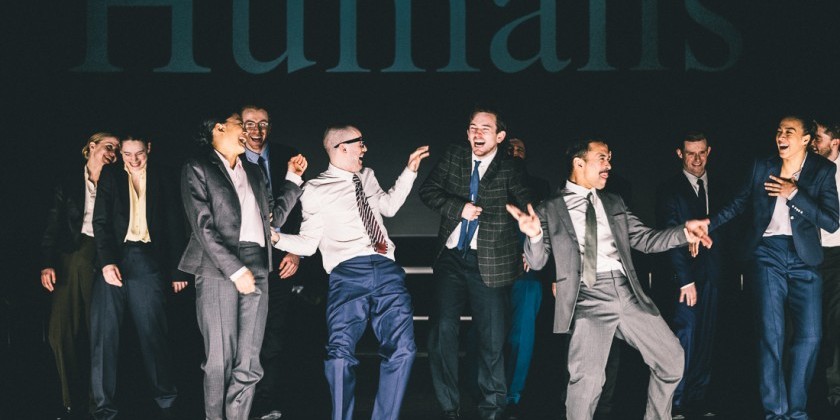

![IMPRESSIONS: Will Rawls' “[siccer]” at the Keith Haring Theatre at Performance Space New York](/images/features_large/20251119_WillRawls_siccer_PerformanceSpaceNY_WhitneyBrowne--55.jpg)